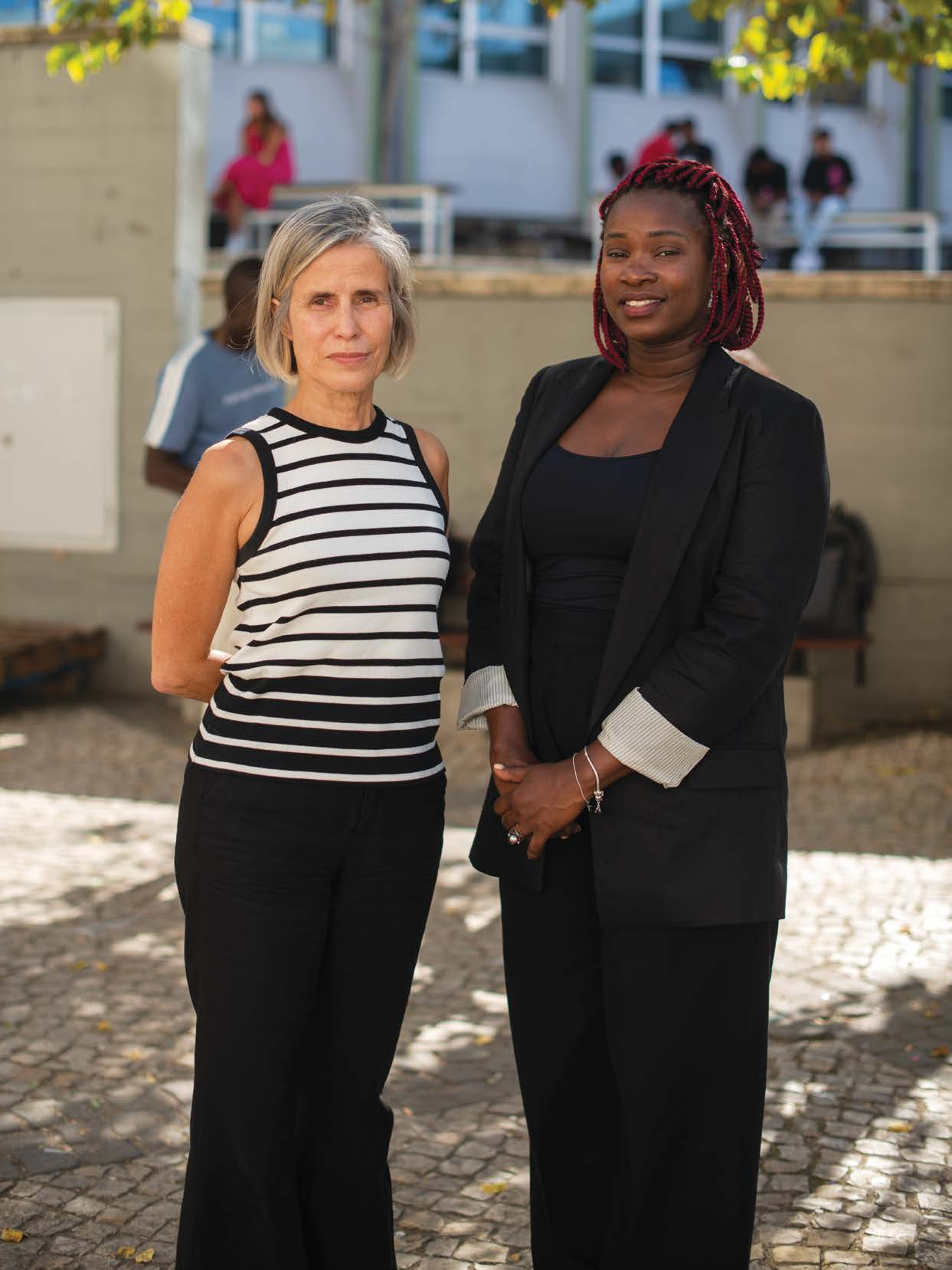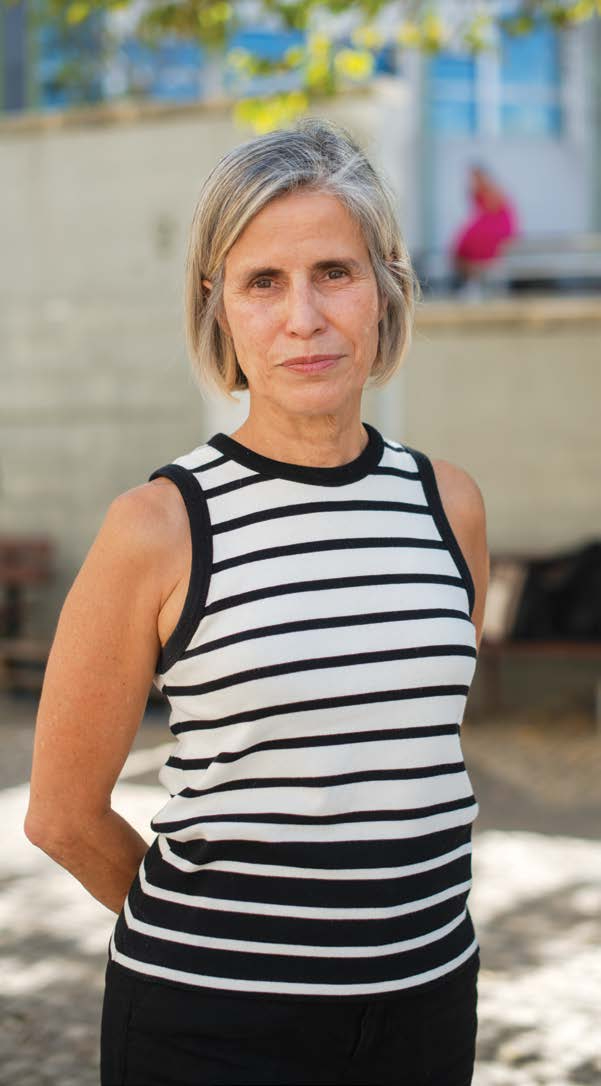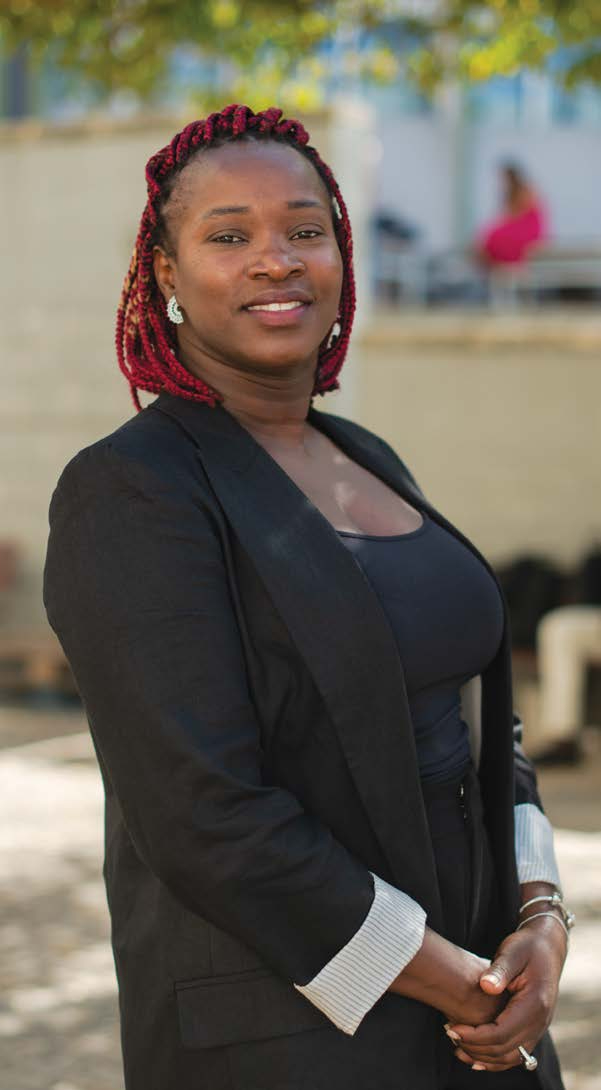News
TO GET TO KNOW BETTER INTEGRATE STUDENTS FROM THE PALOP COUNTRIES

Professor Iscte Sociology and Public Policy
Researcher CEI-Iscte
Researcher CEI-Iscte
Iscte is the Higher Education institution that receives the most students from the PALOP at the second cycle level (master's degree), and many come to the social sciences

How did this work of "Characterisation, expectations and constraints" of PALOP students in Portugal come about?
Clara Carvalho (CC) For many years, we have collaborated with the Polytechnic Institute of Leiria (IPL) thanks to Maria Antónia Barreto, Professor-coordinator at the School of Education and Social Sciences of IPL and researcher at the Centre for International Studies (CEI-Iscte). We have also worked with the Centre for African Studies of the University of Porto.
In recent years, we noticed a significant increase in PALOP students studying at Iscte or IPL. This boom was mainly due to the arrival of students from Guinea-Bissau. We started looking for information, discovered it was a national framework, and proposed an in-depth study.
We presented the proposal for this study to the Camões Institute, within the line of subsidies for carrying out studies and conferences that it provides. Compared to FCT, these are reduced supports, but they have advantages, as they are quick to respond and can be conducted in the short term.
What general characterisation can be made of the African student who comes to study in Portugal?
CC Two regulations have historically allowed African students, particularly from the PALOP countries, to attend higher education institutions (HEIs) in Portugal, which frames this reality.
One is the 1999 Special Contingent (d) regulation, whereby PALOP students apply directly to their countries' Directorate-General for Higher Education. All groups offer a certain number of places for the special contingents. Defined as open to scholarship students, this special contingent was aimed at scholarship students from Portuguese cooperation and the Gulbenkian Foundation who will attend the first cycle of studies.
Then, in 2014, we had a regulation on international students, covering all those outside the European university area. These applications are made to universities and polytechnics for the vacancies they make available, and students can go through any study cycle.
What methods were used in this project?
CC We did several types of analysis on this project (PEPIP). The first was about the data made available by the DGEEC (General Directorate of Education and Science Statistics). We then interviewed the 20 higher education institutions that received the most students between 2015/16 and 2020/21. We conducted interviews with those responsible for welcoming these students to understand the main mechanisms of insertion. We also conducted a study involving students, focusing on African academic associations and student groups.

What, then, is the profile of these students?
Isaiete Jabula (IJ) PALOP students in HEIs in Portugal have different socio-cultural and linguistic characteristics and different teaching models. This is visible through the socio-economic conditions, for example, if we compare Angolan students with those from Guinea-Bissau.
Most students arrive without possessions, except Cape Verde, where many come with state scholarships, and Angola, where they come with state and company scholarships.
CC The regulation states that they are all scholarship holders. At the Portuguese State level, the number of grants is negligible, in the dozens. In the case of Guinea-Bissau, a proposal was accepted that provides students with tutoring by someone in the family or from outside. That tutor would be responsible for supporting the student while studying in Portugal. This explains why we suddenly had a boom in students from Guinea-Bissau.
What are the most significant constraints that PALOP students are exposed to?
IJ The phase of getting a visa was the transversal complaint to these students, regardless of the country of origin. Also, there are integration difficulties when students arrive late for the new school year. Often, they arrive at the end of the first semester, are submitted shortly afterwards to an exam and, afraid of losing the school year, continue, but their school performance is poor. This is especially true for those from Guinea-Bissau who need help with the European Portuguese variant and academic Portuguese. The student from Guinea, who thought he knew Portuguese, arrives and realises this is different. There is also the problem of adapting to the climate, etc. It is also the case that many are working students.
What are the predominant areas of knowledge chosen by PALOP students in Portugal?
CC They are in administration, management, and law, although there are also many students in the social sciences. Iscte is the higher education institution that receives the most students in the second cycle, at the master's degree level.
Interestingly, the higher education institution that receives the most African students is the Polytechnic Institute of Bragança (IPB).
CC Yes, the Polytechnic Institute of Bragança is a success story. For over a decade, it has had a policy of growth through international students. It began, among other things, with students from the PALOP countries, particularly with protocols carried out with the Cape Verde municipalities. Currently, the IPB exceeds the number of PALOP students at the University of Lisbon, the largest in the country.
The IPB has a fascinating strategy, with positive reception and integration practices, namely with university residences, part-time work, even on campus. Many higher education institutions in the interior have followed these good practices and have been able to attract students from the PALOP countries. This also contributes to the internationalisation and growth of HEIs that would otherwise have more difficulty.
Some institutions create a year zero to facilitate student’s adaption and integration.